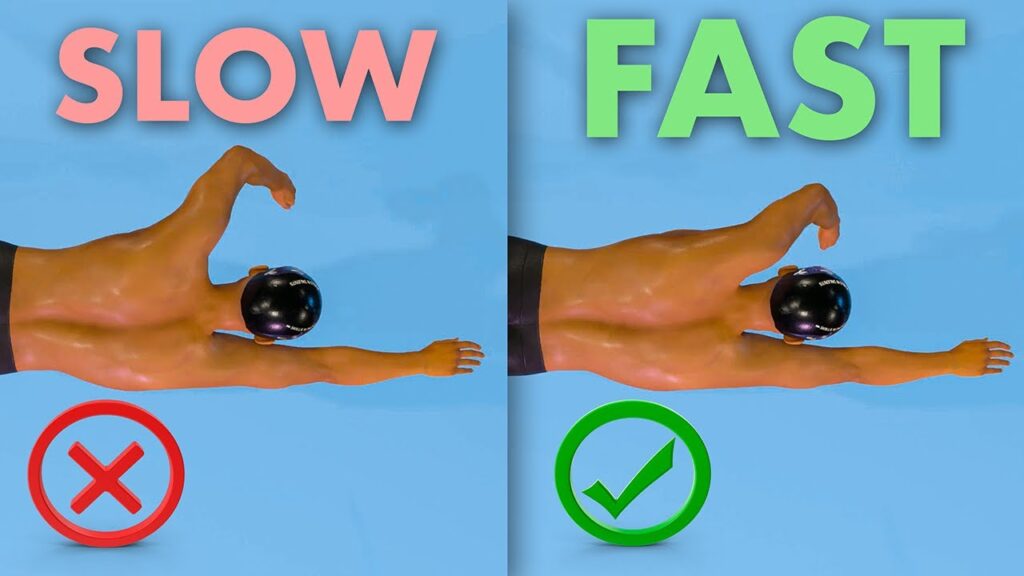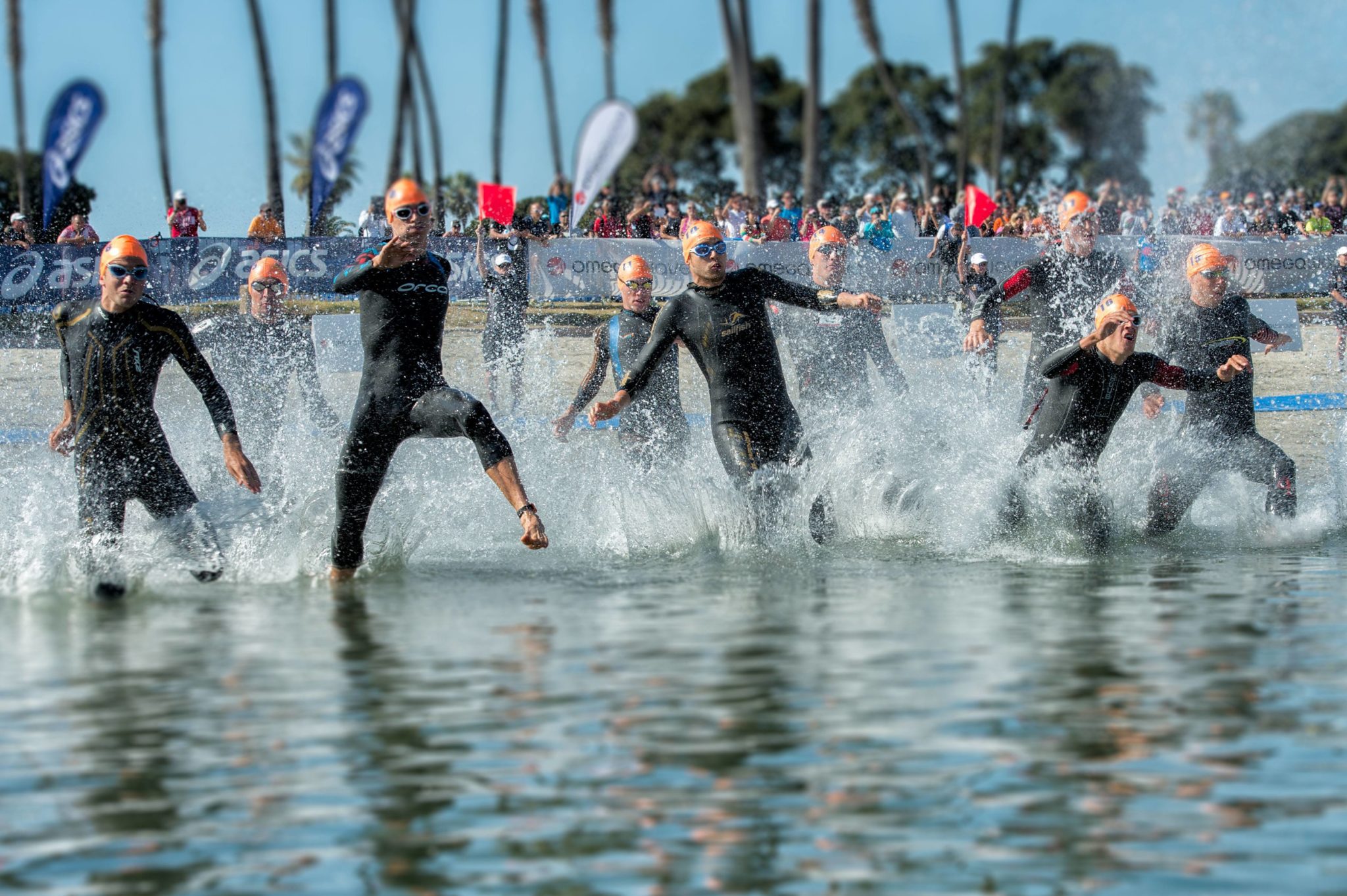Swimming faster isn’t just about strength; it’s about technique, efficiency, and strategic training. Whether you’re a competitive swimmer or simply looking to improve your speed in the pool, mastering key techniques and adopting effective training methods can make a significant difference. Here’s a comprehensive guide to help you swim faster and achieve your goals.
Understanding the Fundamentals of Speed
To swim faster, it’s essential to understand the foundational principles that contribute to speed in swimming. This includes proper body positioning, streamlined movements, and effective stroke mechanics.

Improving Technique for Speed
Technique plays a crucial role in swimming faster. Focus on aspects such as body alignment, hand entry, catch, pull, and kick. Each stroke—whether freestyle, backstroke, breaststroke, or butterfly—has specific techniques that, when mastered, can significantly enhance your speed and efficiency in the water.
Enhancing Efficiency in Your Stroke
Efficiency is key to swimming faster without wasting energy. Work on reducing drag by maintaining a streamlined body position and minimizing unnecessary movements. Smooth, controlled strokes with a strong kick and effective breathing techniques can help optimize your swimming efficiency.
Developing Strength and Endurance
Building strength and endurance through targeted dryland exercises and swim-specific workouts is crucial for improving speed. Focus on core strength, leg power, and upper body strength to propel yourself through the water with greater force and efficiency.
Utilizing Interval Training for Speed Gains
Interval training involves alternating between periods of high-intensity swimming and rest or low-intensity recovery. This method not only improves cardiovascular fitness but also enhances your body’s ability to sustain faster swimming speeds over longer distances.
Perfecting Turns and Starts
Efficient turns and powerful starts are essential for maintaining momentum and reducing race times. Practice flip turns and open turns to minimize time spent changing direction and maximize your push-off power from the wall.
Optimizing Your Training Routine
To effectively enhance swimming speed, a structured training plan is essential, incorporating diverse drills, intervals, and distance swims to address various facets of speed development. Begin with technique-focused drills to refine stroke mechanics and streamline body position. Incorporate interval training, alternating between high-intensity efforts and recovery periods, to build cardiovascular endurance and enhance sprint capabilities. Gradually increase training intensity and duration over time to promote strength development and improve speed over longer distances.
Consistency is paramount in training, ensuring regular practice to reinforce muscle memory and refine skills. Scheduled rest periods are equally crucial, allowing for recovery and preventing overtraining, which can hinder progress. Monitoring performance metrics, such as lap times and stroke efficiency, provides valuable feedback for adjusting and optimizing training routines. By maintaining a balanced approach of training intensity, rest, and progressive overload, swimmers can achieve sustainable improvements in speed and performance. This structured regimen not only enhances physical capabilities but also cultivates mental resilience and race-day readiness, fostering continuous growth and achievement in swimming endeavours.
Implementing Mental Strategies for Performance
Mental preparation can significantly impact your ability to swim faster. Visualize successful races, stay focused during training sessions, and cultivate a positive mindset that enhances confidence and reduces performance anxiety.
Conclusion
In conclusion, enjoy the journey of becoming a faster swimmer. Transitioning from foundational principles to advanced techniques, each aspect of your training journey contributes to enhancing your speed and efficiency in the water. Technique refinement ensures precise movements, while efficiency reduces energy expenditure. Concurrently, strength development in core, legs, and upper body amplifies propulsion. Interval training boosts cardiovascular endurance, sustaining peak speeds over distances. Mastering turns and starts conserves momentum and optimizes race performance. A structured training routine balances drills, intervals, and rest, vital for continual progress. Mental strategies, such as visualization and focus techniques, bolster confidence and manage competition pressures. Commitment to this holistic approach cultivates not just speed, but enduring improvement. Embrace the process, celebrate milestones, and persist in your pursuit of faster swimming times—each stroke propels you closer to achieving your goal



